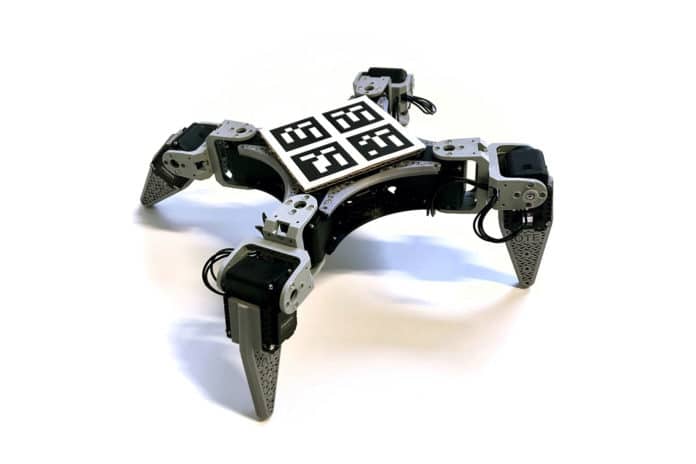Artificial intelligence has been greatly improved over the years, also allowing for the creation of fully automated devices, such as robots. Especially, computer scientists sought to use reinforcement learning (RL) approaches to train robots to efficiently navigate their environment and complete a variety of basic tasks.
Researchers at Aalto University and OTE Robotics have recently engineered RealAnt, a low-cost four-legged robot that can effectively be used to test and implement RL algorithms. The new robotic platform is a minimalist and affordable real-world version of the robot simulation environment used in reinforced learning research.
It was originally thought that algorithms would only work well if they were trained in simulators for thousands of hours. However, the researchers were able to teach the four-legged robot to walk using a minimal amount of data. Therefore, the robot can be trained in a real environment, removing the need for simulation-based training.
The researchers’ main aim was to create a simple, low-cost robotic platform based on existing basic reinforced learning solutions. Such a platform will allow more researchers to build and test autonomous robots that can perform basic tasks in the real world.
The RealAnt robot is versatile, minimalist, and inexpensive. It can independently learn to walk, moving its legs in concert, and can feel its position and orientation in a given environment. Using RL algorithms, a robot can be trained to perform simple yet valuable tasks. Moreover, for this, the robot focuses on the environment around it and does not need additional data.
RealAnt costs only $410 in materials and can be assembled in less than an hour. According to OTE Robotics’ website, the robot comes with eight Robotis Dynamixel AX-12A smart actuators, a Robotis OpenCM9.04A board, a USB, a tag with reference tag plates, and a 12V 5A power supply. The robot body parts are all 3D printed, and they are small enough to be printed using most consumer 3D printers.
